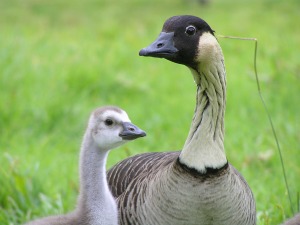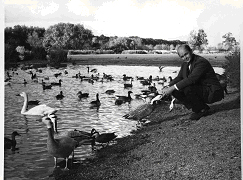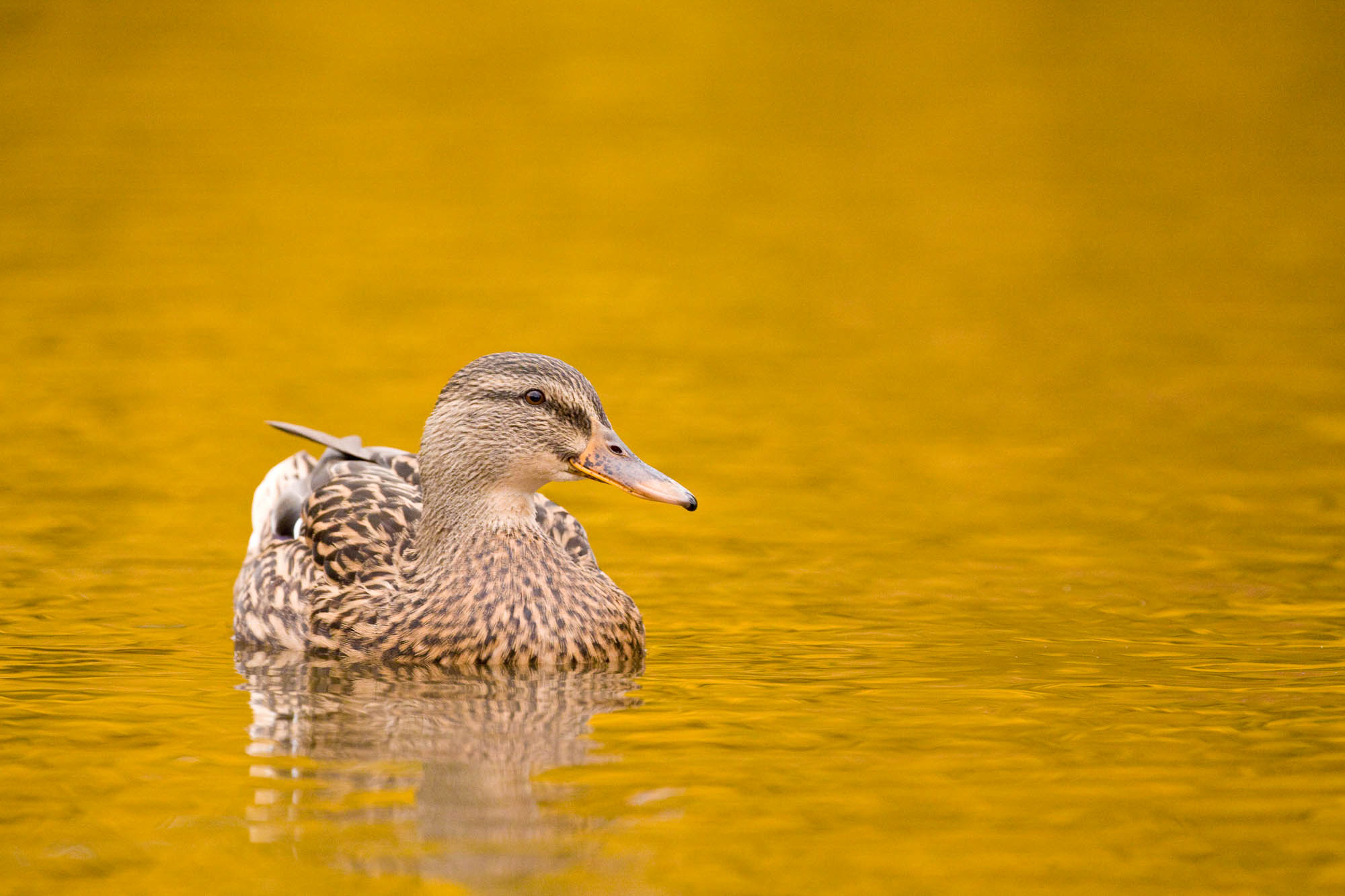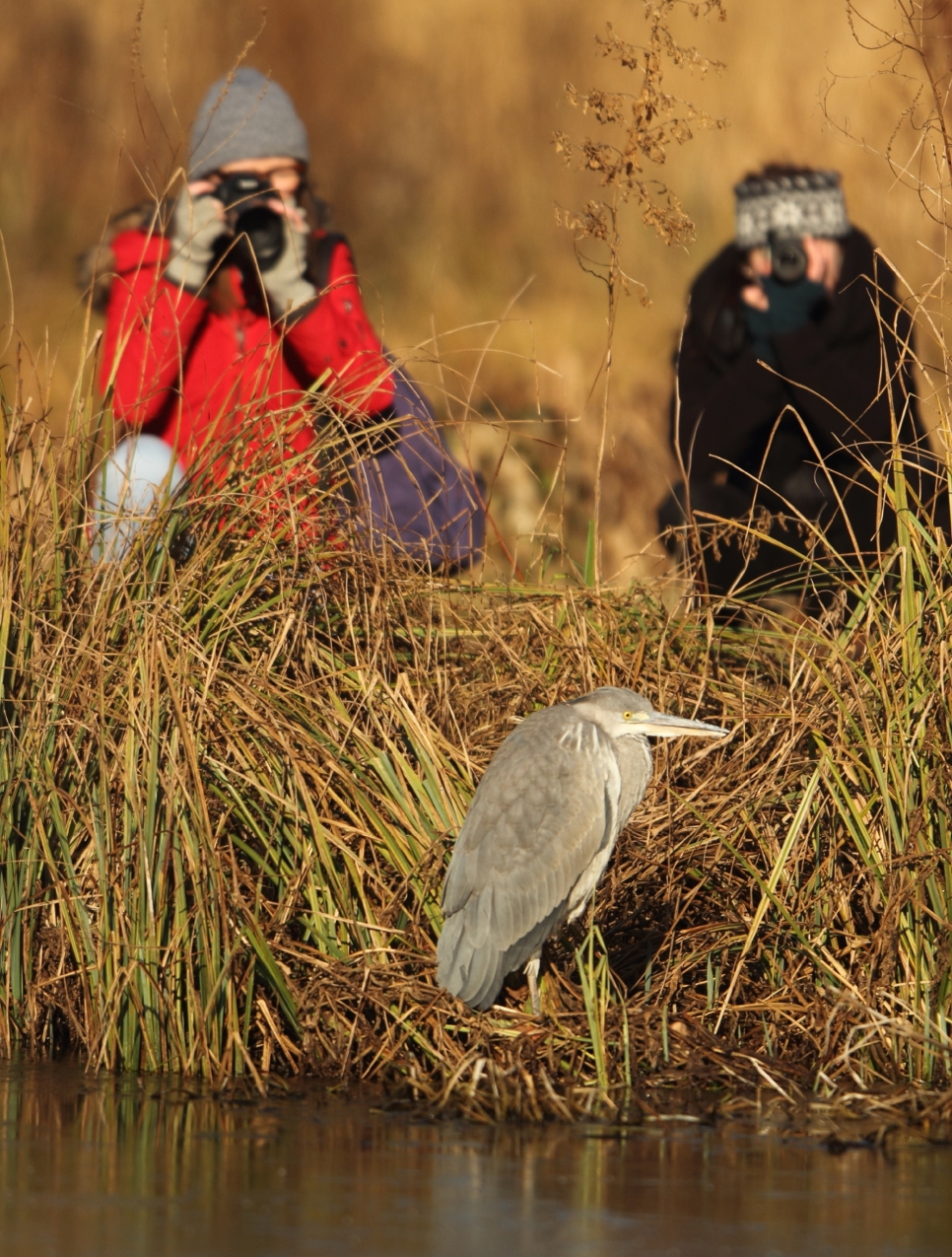Wildfowl & Wetlands Trust celebrates 65 years

One of the world’s largest wetland conservation organisations celebrates its 65th anniversary today (10 November). The Wildfowl & Wetlands Trust (WWT) has saved species, pioneered scientific research and helped governments and communities reap widespread benefits from wetlands. Since its formation at Slimbridge in 1946, as the Severn Wildfowl Trust, WWT has opened eight more centres, covering 2,600 hectares, in England, Scotland, Wales and Northern Ireland.
WWT London Wetland Centre in Barnes, south west London, was opened in 2000, the newest of WWT’s Wetland Centres. Sir David Attenborough considers it "a miracle", Kate Humble, "an oasis in the middle of London", and to Autumnwatch presenter Chris Packham it "brings to millions of people the opportunity to encounter wildlife up close."
More than one million people visit WWT reserves every year. Martin Spray, Chief Executive of WWT, said: “WWT has become a major force in wetland conservation in a very short time.
“Our science has saved species and our centres have become hubs of learning, inspiration and recreation. WWT founder, Sir Peter Scott, saw that enthusing people about nature was paramount, a principle that remains at the heart of all we do.
“Wildlife would be devalued without it, and our attempts to conserve nature for future generations would fail.”

Sir Peter’s work to save endangered species set high standards for conservation today. He dreamt of combining wildfowl research and education in one body. He chose Slimbridge as the new Trust’s headquarters because of the area’s importance to wildfowl.
In his autobiography, The Eye of the Wind, Sir Peter wrote of “the scientific and educational effort which I believed was so badly needed for the conservation of wildfowl.”
Martin Spray said: “While others were putting ‘keep out’ signs on nature reserves in the misguided view that it would protect them, Peter opened the doors to Slimbridge and welcomed people in.”
WWT’s achievements span continents. In 1962, Hawaiian geese reared at Slimbridge were reintroduced to Hawaii, effectively saving the species. These charming birds can be seen at London Wetland Centre. WWT has subsequently worked on wetland species and habitat projects in Europe, Asia, South America and Africa.
More recently, the Trust was part of a coalition campaigning against a damaging and costly tidal barrage across the Severn Estuary.
And last month, WWT signed an important agreement with the Ramsar Convention, forging closer ties with the treaty’s 160 partner governments.
Trust staff have also become global experts in rearing rare birds to create a captive population for eventual reintroduction to the wild. Their work is currently helping spoon-billed sandpipers and the Madagascar pochard, both of which face extinction.


